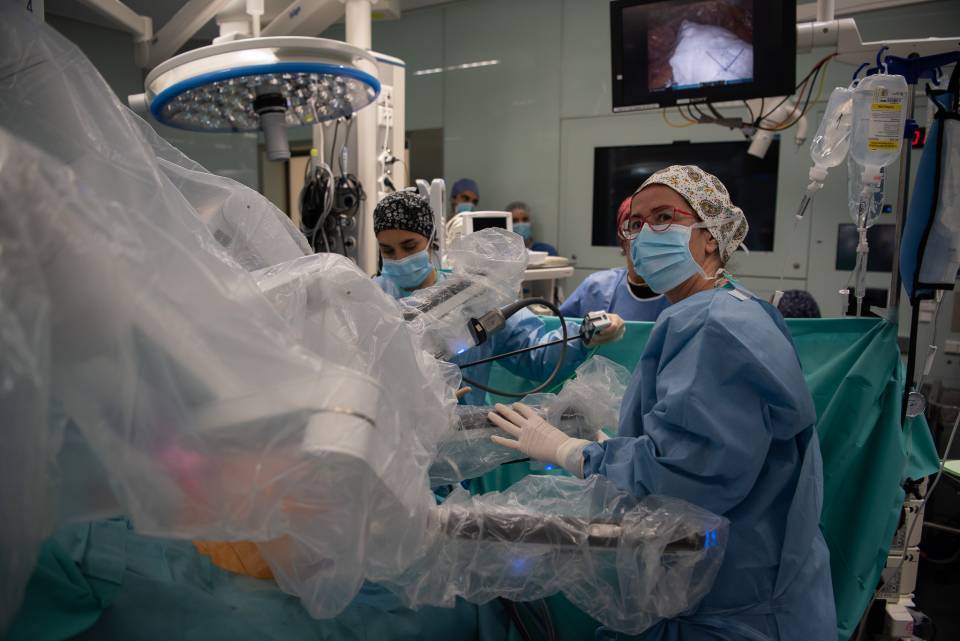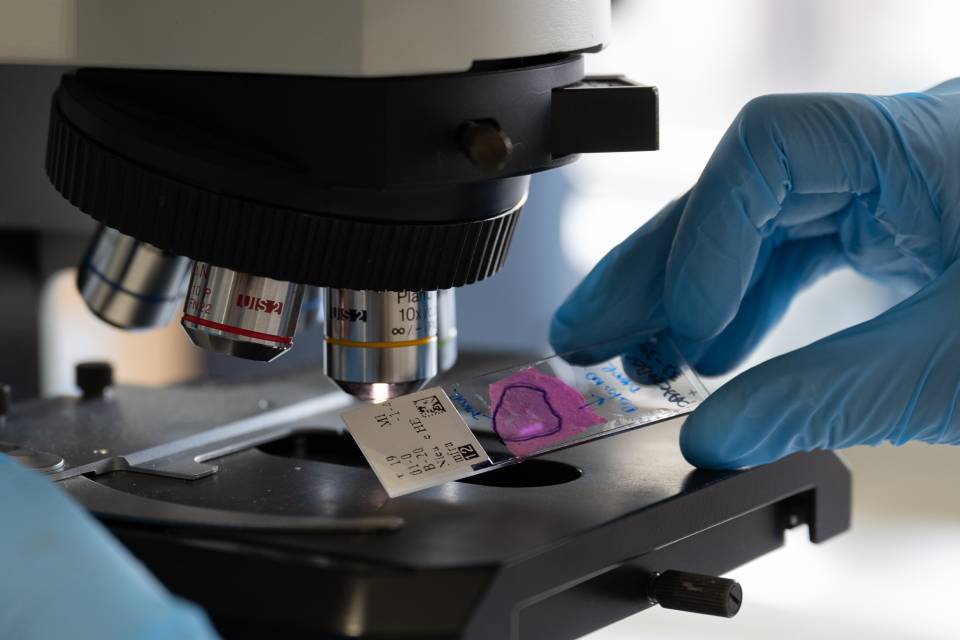The review highlights the great leaps made in recent years, such as the emergence of immunotherapy or targeted therapies, but it also indicates the pending challenges, such as improving early diagnosis, adapting preventive strategies to demographics and ensuring equitable access to the most innovative treatments.
Up to 50% of the damage caused by ultraviolet light occurs in childhood or adolescence
The incidence of cutaneous melanoma has increased in recent decades, especially in fair-skinned populations. For example, the incidence in Denmark has increased twenty-fold since the 1940s. The risk of developing cutaneous melanoma depends on several factors that are primarily genetic but also environmental, with excessive exposure to both solar and artificial ultraviolet radiation (UVR) being the main avoidable risk factor. Prevention is especially important during childhood and adolescence, since between 40 and 50% of the damage accumulated by UVR up to the age of 60 occurs before the age of 20.
However, awareness-raising campaigns and improvements in early diagnosis have helped to reduce mortality in several regions. The prognosis of melanoma depends largely on the stage at which the tumour is detected. If diagnosed early, with a thickness of less than 2 mm and without lymph node involvement or metastases, survival can be almost the same as in the general population. This underscores the importance of early detection and prevention, especially through sun protection starting in early life.
Pathophysiology of cutaneous melanoma: mutations, epigenetics and tumour microenvironment
Cutaneous melanoma develops from the accumulation of DNA damage that affects the mechanisms that control cell division. In other words, this type of alteration leads to somatic mutations that can weaken tumour suppressor mechanisms or activate signalling pathways that promote cell growth, depending on the context.
However, epigenetic changes can also influence the pathophysiology of melanoma. These changes, which do not affect the genetic sequence but do affect its expression, contribute to tumour progression and resistance to treatment. This makes them particularly promising therapeutic targets.
Finally, the tumour microenvironment, which is everything that surrounds the cancer cells, plays a key role in whether or not the tumour proliferates or spreads.
Molecular classification: towards more personalised medicine
One of the article’s key contributions is the proposal and description of a new molecular classification of cutaneous melanoma that reflects its great heterogeneity. This classification identifies several subtypes with their own clinical, epidemiological and genetic characteristics, which has direct implications for prognosis and therapeutic options.
The subtypes are distinguished according to their relationship to ultraviolet (UV) radiation exposure, location, histopathological pattern and predominant genetic alterations. For example, extensive superficial melanoma and malignant lentiginous melanoma are related to cumulative sun damage and tend to have mutations in BRAF, NRAS, NF1 or TP53, whilst acral and mucosal melanomas, less frequently associated with UV, have mutations in KIT, KRAS or CDK4. Rarer subtypes such as Spitz melanoma and those associated with congenital or blue nevi have specific mutations such as HRAS, GNAQ or NRAS.
This molecular-based approach opens the door to more precise stratification in patients, facilitating the selection of targeted therapies and the development of new treatments adapted to the genetic alterations of each tumour.
The ‘ABCDE’ rule and other diagnostic tests
Early detection is essential to improve the prognosis of cutaneous melanoma. A highly useful clinical tool to identify suspicious lesions is the ‘ABCDE’ rule, which evaluates their asymmetry (A), the irregularity of their borders (B), their variation in colour (C), their diameter (D) and their evolution (E). New non-invasive diagnostic tests have recently appeared, such as dermatoscopy, which boosts the accuracy of diagnosis by 25%, and confocal reflectance microscopy, which is especially useful in high-risk patients. Artificial intelligence-based systems are also being explored as support tools, though they still have limitations. In any case, confirmation via biopsy and histopathological analysis remains essential.
Exposure to UVR must be minimised to prevent melanoma, especially during childhood. The use of sunscreen, appropriate clothing and hats and the avoidance of artificial tanning agents are essential. Likewise, adolescents’ use of tanning beds should be regulated or even banned, as is the case in some countries.
The emergence of immunotherapy in the treatment of melanoma
Most early-stage cutaneous melanomas can be cured by surgery. However, more advanced cases require more complex systemic treatments. In the last 10 years, targeted therapies and especially immunotherapy have brought about a real revolution. These strategies have transformed a previously deadly disease into a treatable condition for many patients, significantly improving their survival rates and quality of life.
Future prospects
The authors of the review believe that in the next decade, melanoma research should focus on promoting precision medicine to tailor treatments to each patient in order to improve clinical outcomes. New prognostic and predictive biomarkers are expected to be identified that will enable even more personalisation of therapeutic decisions.
Increasing attention is also expected to be paid to survivors’ quality of life, with a special focus on long-term side effects and on functional and emotional recovery.
To support prevention efforts, the authors advocate digital educational campaigns and the use of artificial intelligence to facilitate early detection. They also promote personalised screening in at-risk populations, stricter regulation of tanning beds and the adoption of healthy sun-protection habits overall.




